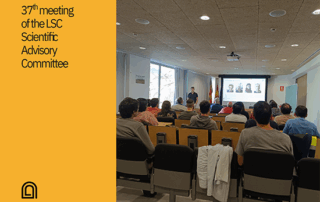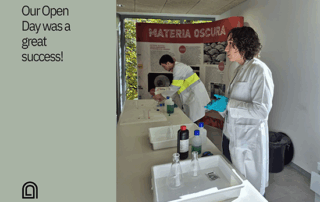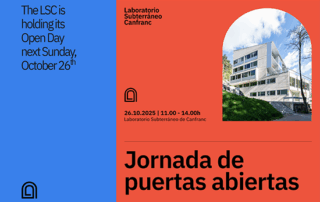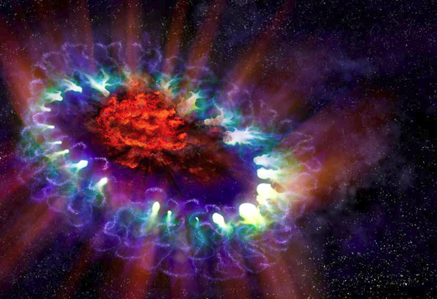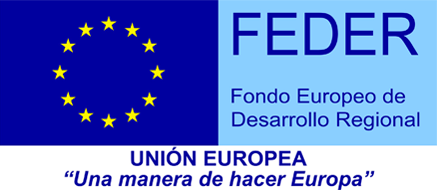Featured News
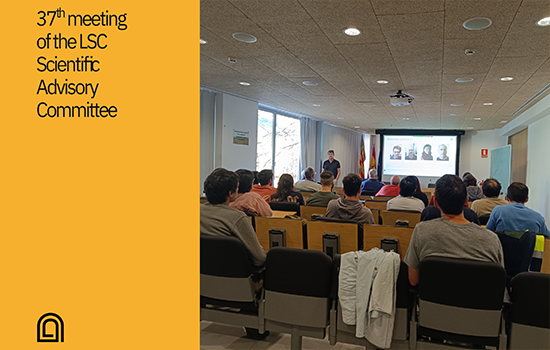
37th meeting of the LSC Scientific Advisory Committee
The members of the LSC Scientific Advisory Committee held their 37th meeting on 4 and 5 November. Presentations were given on the TREX-DM, BabyIAXO, HENSA and NEXT-100 experiments and the DAMIC proposal. This will be the last meeting for four of its members: Gabriella Catanesi (INFN), Carlos Lacasta (CSIC Valencia), Olof Tengblad (CSIC Madrid) and Victoria Ley (CSIC Madrid), to whom the LSC would like to express its gratitude for their invaluable contribution over the years.
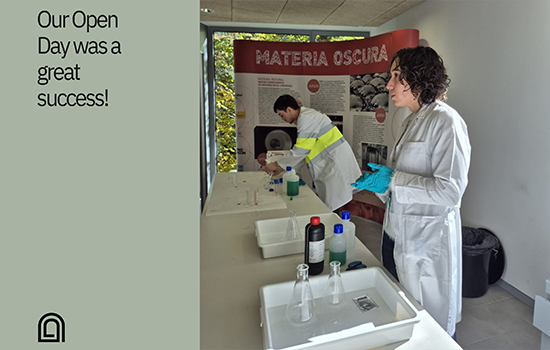
Our Open Day was a great success!
We would like to thank everyone who visited us and took part in the activities. It was a pleasure to open the doors of the laboratory and share a morning full of science, curiosity, and fun for the whole family.
We hope you had a wonderful time. See you next year, with even more enthusiasm to share science together!
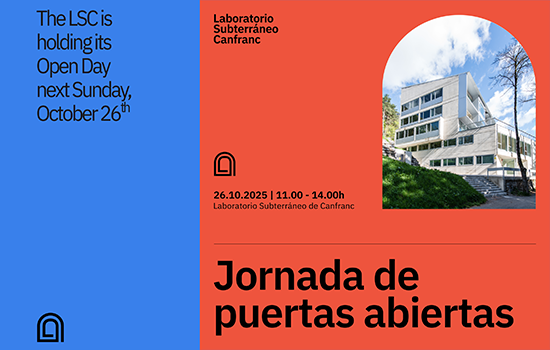
The LSC is holding its Open Day next Sunday, October 26th
Next Sunday 26th October, we invite you to discover the Canfranc Underground Laboratory with activities for the whole family. Free entry! Enjoy: • Museum Room visits • Experimental Workshops • Workshops for Kids We look forward to seeing you from 11 am to 2 pm! Don't miss it!
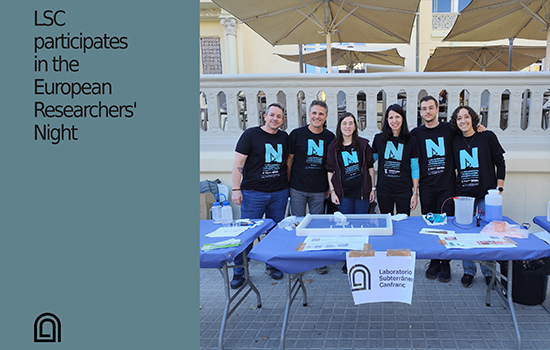
LSC participates in the European Researchers’ Night
On the evening of 26th September, researchers from LSC travelled to Huesca and Zaragoza to participate in the European Researchers' Night. Through workshops on cosmic rays and radioactivity, mass spectrometry and copper electroforming, as well as a new workshop on biology from home, the attendees were able to learn more about the science behind the laboratory. We hope you enjoyed it as much as we did!
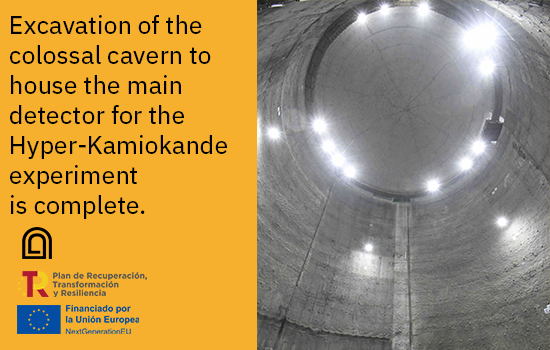
Excavation of the colossal cavern to house the main detector for the Hyper-Kamiokande experiment is complete.
On July 31, 2025, the Hyper-Kamiokande collaboration completed the excavation of the colossal cavern that will house the main detector volume of Hyper-Kamiokande, a next-generation ultra-pure water Cherenkov detector currently under construction in the city of Hida, Gifu, Japan.
37th meeting of the LSC Scientific Advisory Committee
The members of the LSC Scientific Advisory Committee held their 37th meeting on 4 and 5 November. Presentations were given on the TREX-DM, BabyIAXO, HENSA and NEXT-100 experiments and the DAMIC proposal. This will be the last meeting for four of its members: Gabriella Catanesi (INFN), Carlos Lacasta (CSIC Valencia), Olof Tengblad (CSIC Madrid) and Victoria Ley (CSIC Madrid), to whom the LSC would like to express its gratitude for their invaluable contribution over the years.
Our Open Day was a great success!
We would like to thank everyone who visited us and took part in the activities. It was a pleasure to open the doors of the laboratory and share a morning full of science, curiosity, and fun for the whole family. We hope you had a wonderful time. See you next year, with even more enthusiasm to share science together!
The LSC is holding its Open Day next Sunday, October 26th
Next Sunday 26th October, we invite you to discover the Canfranc Underground Laboratory with activities for the whole family. Free entry! Enjoy: • Museum Room visits • Experimental Workshops • Workshops for Kids We look forward to seeing you from 11 am to 2 pm! Don't miss it!




